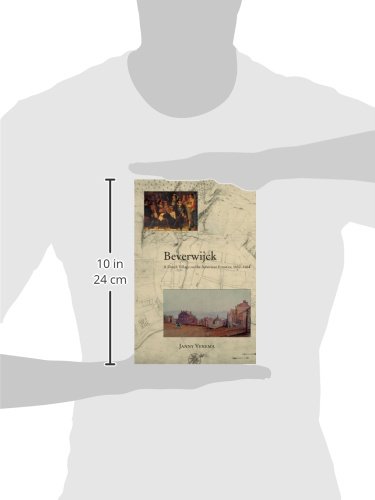Paints a detailed picture of everyday life in an early American community. Winner of the 2004 Annual Archives Award for Excellence in Research Using the Holdings of the New York State Archives presented by the Board of Regents and the New State York Archives Beverwijck explores the rich history and Dutch heritage of one of North America’s oldest cities-Albany, New York. Drawing on documents translated from the colonial Dutch as well as maps, architectural drawings, and English-language sources, Janny Venema paints a lively picture of everyday life in colonial America. In 1652, Petrus Stuyvesant, director general of New Netherland, established a court at Fort Orange, on the west side of New York State’s upper Hudson River. The area within three thousand feet of the fort became the village of Beverwijck. From the time of its establishment until 1664, when the English conquered New Netherland and changed the name of the settlement to Albany, Beverwijck underwent rapid development as newly wealthy traders, craftsmen, and other workers built houses, roads, bridges, and a school, as well as a number of inns. A well-organized system of poor relief also helped less wealthy settlers survive in the harsh colonial conditions. Venema’s careful research shows that although Beverwijck resembled villages in the Dutch Republic in many ways, it quickly took on features of the new, “American” society that was already coming into being.
Features
- Used Book in Good Condition







Reviews
There are no reviews yet.